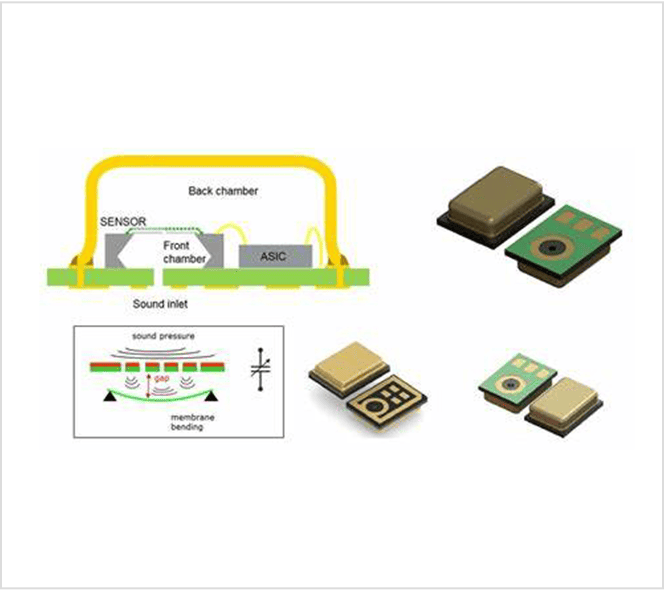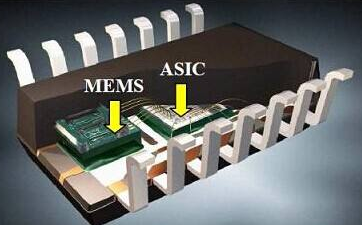Introduction
MEMS (Micro-Electro-Mechanical Systems) microphones have revolutionized modern audio systems by enabling compact, low-power, and high-performance audio capture in smart devices. From smart speakers to automotive electronics, MEMS microphones are embedded in millions of products. Understanding their electrical interfaces—analog, PDM, and I²S—is key to selecting the right solution for your design.
In this article, we compare these popular MEMS microphone interfaces and explore their system-level trade-offs and design considerations.
MEMS Microphone Architecture
A standard MEMS microphone includes two key components inside one package:
- A MEMS diaphragm that converts sound pressure into electrical signals.
- An amplifier chip, which may also include an Analog-to-Digital Converter (ADC).
When no ADC is integrated, the microphone delivers analog output. With an onboard ADC, the microphone outputs a digital signal—either in PDM or I²S format.
Analog MEMS Microphones: Simplicity and Low Power
Analog MEMS microphones offer a straightforward interface, delivering a pre-amplified signal with low output impedance. This signal can be connected directly to an external amplifier or ADC on the host system.
Key Design Consideration
To prevent DC mismatch between the microphone and host input, a DC-blocking capacitor (C1) is used alongside a resistor (R1). The resulting high-pass filter must allow frequencies down to 20 Hz:
1 / (2π × R1 × C1) < 20 Hz
✅ Advantages:
- Lower power consumption
- Simplified signal chain
- Suitable for analog systems
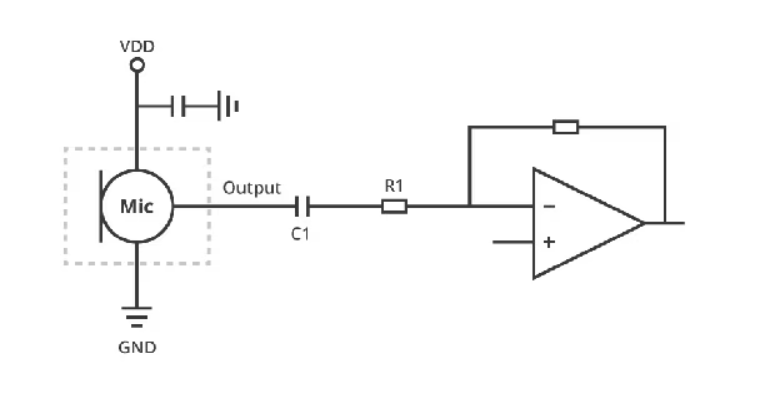
PDM MEMS Microphones: Compact and Noise Resistant
Pulse Density Modulation (PDM) is a one-bit digital output where the density of logic highs represents the signal amplitude. PDM MEMS microphones are popular for their:
- High resistance to electrical noise
- Easy stereo setup using shared clock/data lines
Configuration
- Use the Select pin (connected to GND or VDD) to determine if data is transmitted on the rising or falling edge of the clock.
- Dual microphones can share the same data and clock lines with opposite edge assignments.
🔧 Application Tip: For stereo recording, configure two PDM mics on the same clock with different Select settings.
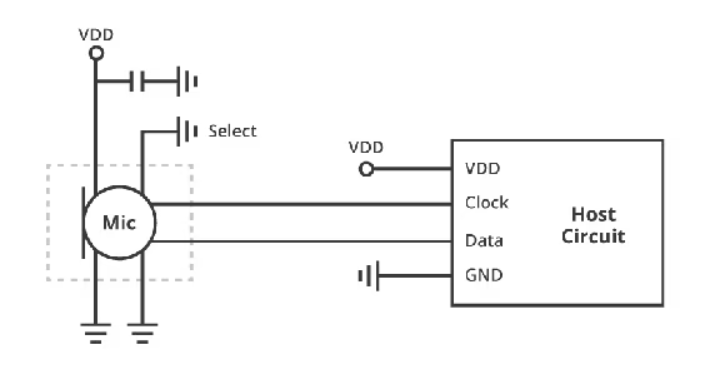
I²S MEMS Microphones: Direct DSP Interface
I²S (Inter-IC Sound) output microphones offer advanced digital signal capabilities. These devices include:
- On-chip decimation filters
- Standard audio sampling rates
- Direct connection to DSPs or microcontrollers
Compared to PDM, I²S reduces system complexity by removing the need for external ADCs or decimation filters.
🛠️ I²S Dual Mic Setup:
Two microphones can share the same data line but require separate bit and word clocks.
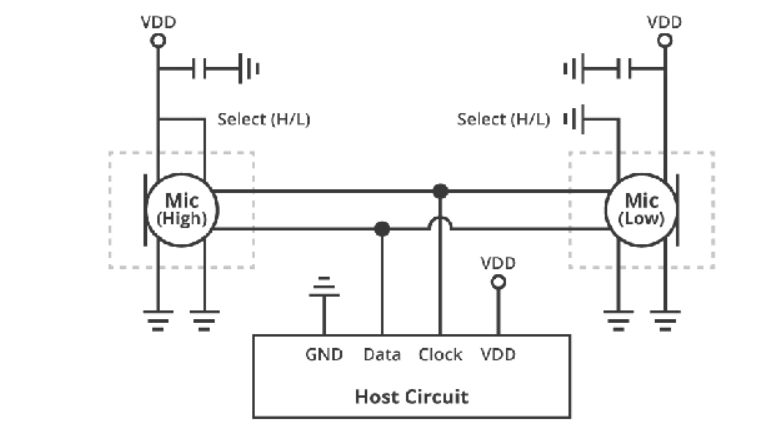
Which Interface Should You Choose?
| Interface | Best For | Power Consumption | System Complexity |
|---|---|---|---|
| Analog | Simple analog designs | Low | Low |
| PDM | Digital audio systems with size constraints | Moderate | Medium |
| I²S | DSP-based systems, stereo recording | Higher | High |
👉 Analog MEMS microphones are ideal for low-power systems like hearing aids or basic audio sensing.
👉 Digital outputs (PDM or I²S) are recommended for high-performance applications with digital signal processing, such as voice assistants or AI-powered audio systems.
Wuxi Silicon Source Technology Co., Ltd. MEMS Solutions
At Wuxi Silicon Source Technology Co., Ltd., we offer a full portfolio of MEMS microphones:
- Analog MEMS Microphones for ultra-low power designs
- Digital PDM Microphones for compact embedded systems
- Digital I²S Microphones for high-fidelity audio applications
Our components are widely adopted in smartphones, smart home devices, automotive systems, and industrial AI applications.
📄 Related Products:
Conclusion
Choosing the right MEMS microphone interface is essential for optimizing audio performance, power consumption, and system complexity. Whether you’re building a voice-controlled smart device or a low-power sensor node, Wuxi Silicon Source provides the right audio solutions to meet your design goals.
